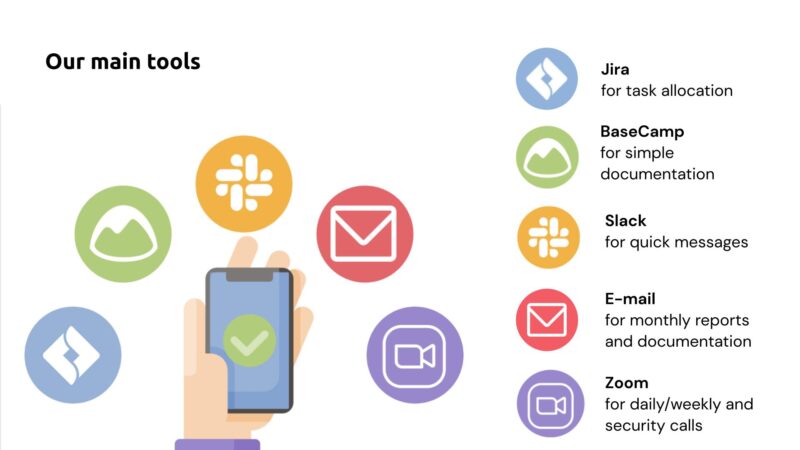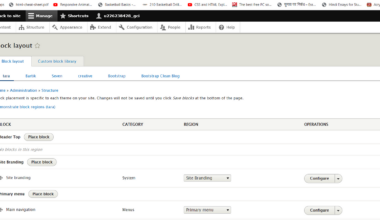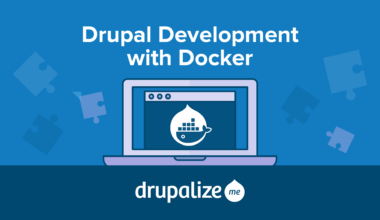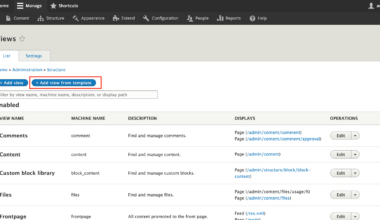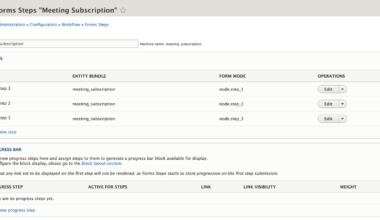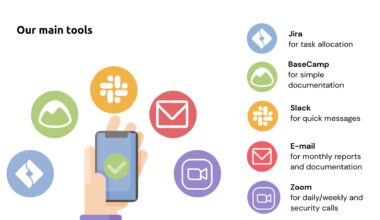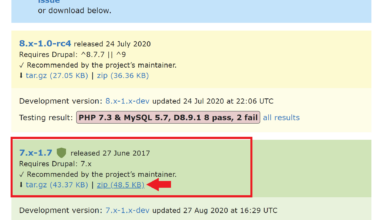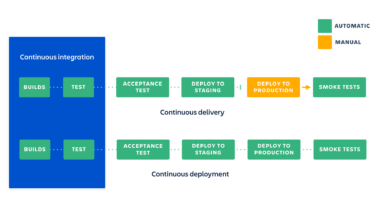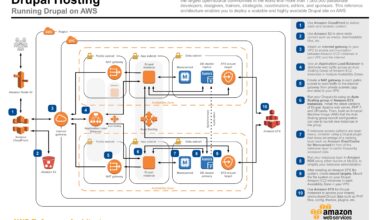Introduction: Understanding Drupal for Nonprofits
As a nonprofit organization, you are always on the lookout for cost-effective and efficient ways to manage your online presence. Drupal, the open-source content management system, is an excellent choice for nonprofits looking to create and manage their websites. Drupal is known for its flexibility, scalability, and security, making it a popular choice for organizations with complex website needs.
Drupal is an ideal platform for nonprofits looking for a content management system that can easily handle their website content, user management, and online fundraising efforts. What’s more, Drupal is easy to use, even for those with little or no coding experience. With Drupal, nonprofits can create a website that is both functional and visually appealing, without breaking the bank.
In this article, we will take a closer look at Drupal for nonprofits. We will discuss its key features, examples of nonprofit organizations using Drupal, best practices for implementing Drupal, and the future of Drupal for nonprofits. By the end of this article, you will have a better understanding of how Drupal can benefit your nonprofit organization. Let’s get started!
Key Features of Drupal for Nonprofits
Drupal offers a wide range of features that are specifically tailored to the needs of nonprofit organizations. Here are some of the key features that make Drupal an excellent choice for nonprofits:
1. Customizable Content Management System: Drupal provides a flexible content management system that can be easily customized to suit the specific needs of your nonprofit organization. With Drupal, you can create and manage content, add different content types, and create custom fields to track data relevant to your nonprofit.
2. User Management: Drupal provides robust user management features that enable you to manage users, assign roles, and control access to content. You can create different user roles, set permissions, and give users access to specific content or functionality on your website.
3. Online Fundraising: Drupal offers a range of modules and tools that enable nonprofits to accept donations and manage online fundraising campaigns. You can create custom donation forms, accept payments through various payment gateways, and track donations and fundraising progress.
4. Responsive Design: Drupal provides a responsive design that ensures your website looks great on any device. With Drupal, you can create a website that is optimized for desktops, laptops, tablets, and smartphones.
5. Security: Drupal is known for its robust security features. The platform is regularly updated to address security vulnerabilities, and there are many modules available that can help you enhance the security of your website.
6. Integration with Third-Party Tools: Drupal offers many modules that enable you to integrate with third-party tools such as social media platforms, email marketing tools, and analytics tools. This integration can help you streamline your online presence and improve your nonprofit’s visibility.
In conclusion, Drupal provides a wide range of features that are specifically tailored to the needs of nonprofit organizations. From customizable content management systems to online fundraising tools and robust security features, Drupal is an excellent choice for nonprofits looking to create and manage their online presence.
Examples of Nonprofit Organizations Using Drupal
Many nonprofit organizations have already successfully implemented Drupal for their website needs. Here are some examples of nonprofit organizations that are using Drupal:
1. Amnesty International – Amnesty International is a global human rights organization that uses Drupal to manage their website content and online fundraising efforts. With Drupal, they can easily create and manage their website content, create custom donation forms, and track their online fundraising campaigns.
2. The Nature Conservancy – The Nature Conservancy is a nonprofit organization that works to protect the environment. They use Drupal to manage their website content, create custom forms for their online donations, and integrate with social media platforms to increase their online visibility.
3. Greenpeace – Greenpeace is a global environmental organization that uses Drupal to manage their website content, create custom donation forms, and track their online fundraising campaigns. With Drupal, they can easily manage their website content and online fundraising efforts, and integrate with third-party tools to improve their online presence.
4. The American Red Cross – The American Red Cross is a humanitarian organization that uses Drupal to manage their website content, create custom forms for their online donations, and integrate with social media platforms to increase their online visibility. With Drupal, they can easily manage their website content and online fundraising efforts, and track their progress toward their fundraising goals.
5. The Humane Society – The Humane Society is a nonprofit organization that works to protect animals. They use Drupal to manage their website content, create custom forms for their online donations, and integrate with social media platforms to increase their online visibility. With Drupal, they can easily manage their website content and online fundraising efforts, and track their progress toward their fundraising goals.
In conclusion, many successful nonprofit organizations have already implemented Drupal for their website needs. Drupal provides a wide range of features that are specifically tailored to the needs of nonprofit organizations, making it an excellent choice for nonprofits looking to create and manage their online presence. With Drupal, nonprofits can easily manage their website content, create custom donation forms, track their online fundraising campaigns, and integrate with third-party tools to improve their online presence.
Best Practices for Implementing Drupal for Nonprofits
Implementing Drupal for nonprofit organizations can be a daunting task, especially for those with little or no web development experience. However, with careful planning and execution, nonprofits can create a website that meets their specific needs and goals. Here are some best practices to follow when implementing Drupal for nonprofits:
1. Define Your Goals and Objectives: Before implementing Drupal, it’s important to define your organization’s goals and objectives. What do you want to achieve with your website? What features and functionalities do you need? Having a clear understanding of your goals and objectives will help you choose the right Drupal modules, themes, and configurations.
2. Choose the Right Modules and Themes: Drupal offers a vast library of modules and themes that can be used to customize your website. However, not all modules and themes are created equal. It’s important to choose the right modules and themes that meet your specific needs. Research and test different modules and themes to find the ones that work best for your organization.
3. Develop a Content Strategy: Content is the heart of any website. It’s important to develop a content strategy that aligns with your organization’s goals and objectives. Define your target audience, create a content calendar, and establish a workflow for creating, editing, and publishing content.
4. Simplify User Experience: Nonprofit websites often have a wide range of users, from donors to volunteers to staff members. It’s important to simplify the user experience to ensure that all users can easily navigate your website and find the information they need. Use clear and concise language, provide easy-to-use navigation menus, and optimize your website for mobile devices.
5. Train Your Staff: Drupal can be complex, especially for those with little or no web development experience. It’s important to train your staff on how to use Drupal effectively. Provide training sessions, create user manuals and documentation, and offer ongoing support to ensure that your staff can use Drupal to its fullest potential.
6. Monitor and Analyze Your Website: Monitoring and analyzing your website is essential for measuring the success of your online efforts. Use Drupal’s built-in analytics tools or integrate with third-party tools to track website traffic, user behavior, and other key metrics. Use this data to make informed decisions about your website’s content, design, and functionality.
In conclusion, implementing Drupal for nonprofits requires careful planning and execution. By defining your goals and objectives, choosing the right modules and themes,
Final Thought: The Future of Drupal for Nonprofits
Drupal has been a popular choice for nonprofits for many years, and its future looks bright. As technology continues to evolve, Drupal is also evolving to meet the changing needs of nonprofit organizations. Here are some trends that are shaping the future of Drupal for nonprofits:
1. Increased Focus on Accessibility: Accessibility is becoming increasingly important for nonprofit websites. Drupal is already known for its accessibility features, and the platform is expected to continue to improve in this area. Nonprofits can expect to see more accessibility-focused modules and themes in the future.
2. Emphasis on Mobile Optimization: With more and more users accessing websites on their mobile devices, mobile optimization is becoming a top priority for nonprofit websites. Drupal is already responsive, but the platform is expected to continue to improve its mobile optimization features.
3. Integration with Artificial Intelligence: Artificial intelligence (AI) is becoming more prevalent in many industries, including the nonprofit sector. Drupal is expected to integrate more AI features in the future, such as chatbots and personalization tools.
4. Improved Security: Security is always a top concern for nonprofit websites. Drupal is known for its robust security features, and the platform is expected to continue to improve in this area. Nonprofits can expect to see more security-focused modules and updates in the future.
5. Continued Community Support: Drupal has a large and active community of developers, designers, and users. This community support is a key factor in the platform’s success and is expected to continue in the future. Nonprofits can expect to see more community-driven modules and themes in the future.
In conclusion, Drupal is well-positioned to meet the changing needs of nonprofit organizations. With its focus on accessibility, mobile optimization, AI integration, security, and community support, Drupal is a platform that nonprofits can rely on for years to come. Nonprofits that invest in Drupal today can look forward to a bright and innovative future.
